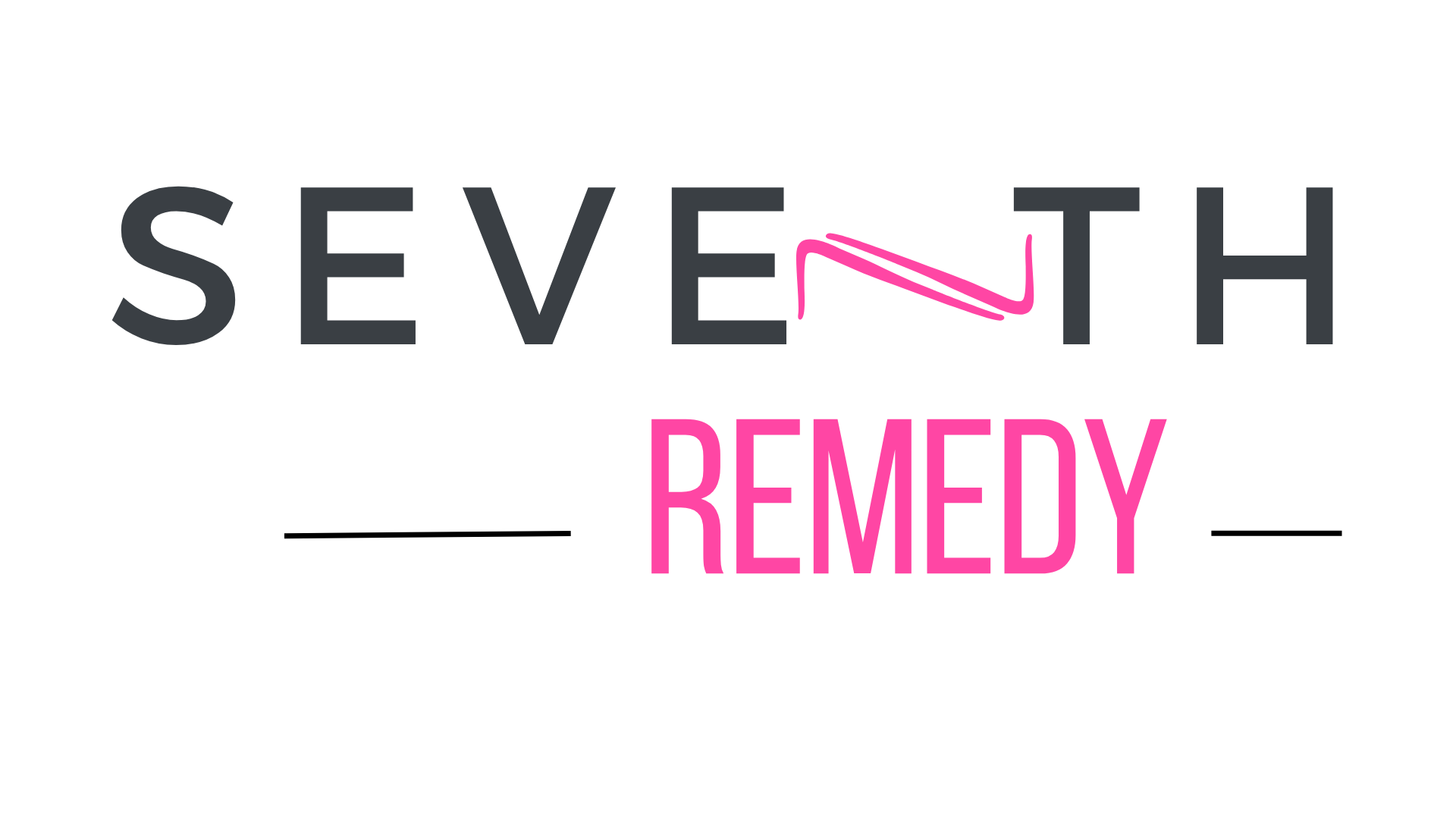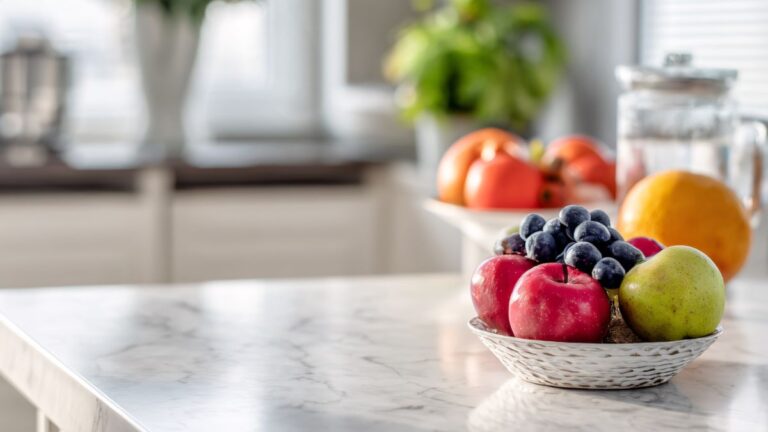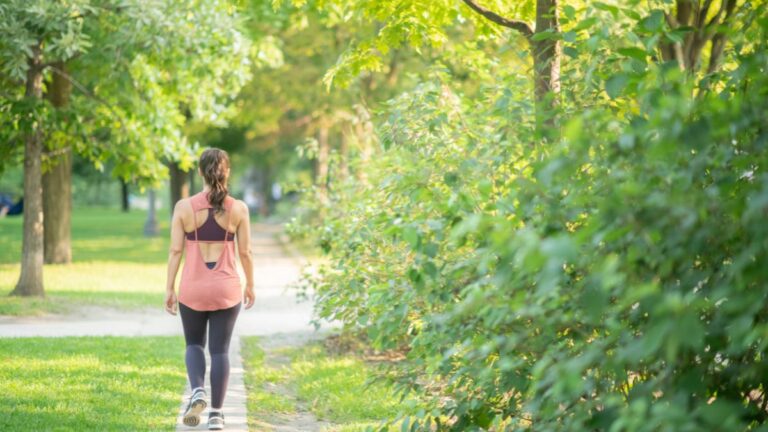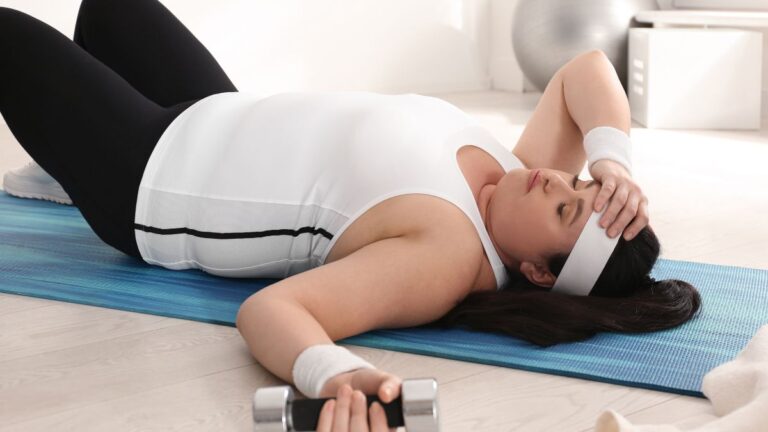Why Random Workouts Stop Working When Your Body Changes Fast
Random workouts stop working because they’re missing structure. Your body adapts to what you do consistently, so it needs a clear plan with strategic variability to keep changing. When your workouts are random, your progress will be, too. Smart program design builds on what your body and nervous system learns each week and keeps you improving instead of starting over.
Your Body Outsmarts Random Workouts
Your muscles, bones, and nervous system are built to adapt over time. If you keep giving them the same stress, they stop changing.
When your body gets used to doing the same thing over and over, it no longer needs to get stronger or change because it’s not being challenged.
Plateaus cost more than you think. Here’s what that can look like:
- Muscle loss: When your workouts don’t push your body in new ways, your muscles no longer have a reason to stay strong. Over time, they can shrink slightly or lose firmness. You might notice that daily things, like carrying groceries or climbing stairs, start feeling harder again, even though you’re still “working out.”
- Joint strain: Doing the same few moves over and over can wear on certain areas, especially knees, hips, or shoulders. Instead of spreading the effort across your whole body, you end up putting pressure on the same joints every time, which can lead to soreness or stiffness that lingers.
- Stalled progress: You might keep exercising, but stop seeing or feeling any difference. Your energy, strength, or muscle tone stops improving. That doesn’t mean you’re doing anything wrong; it just means your body has learned the pattern and needs something new to keep changing.
Results don’t stall for a single reason. Sometimes your body just doesn’t have what it needs to keep adapting. If you’re eating too little or missing enough protein, muscle repair slows down. Add too much stress or too little rest, and your body doesn’t rebuild as well. Hormonal shifts, quick weight changes, and even dehydration can make that harder.
You may not notice you’re plateauing because you still feel tired after workouts, so it seems like progress. But exhaustion isn’t adaptation. When progress slows, small training tweaks, like adjusting resistance, tempo, or exercise type, can help your body start adapting again. Even training different muscle groups, or the same one from new angles, can keep progress moving.
Program Design Isn’t Just a List of Exercises
A strong method is more than picking random moves you see online. It’s how those moves fit together over time for your body. Program design isn’t guesswork. It’s applying overload, recovery, and progression in a specific sequence.
Think of it like a recipe: The exercises are the ingredients, but the order, timing, and measurements are what make the meal taste good. In training, that order decides what your body learns first, what it builds next, and how it recovers between challenges. Starting too hard can cause burnout, while skipping recovery can stop your body from getting stronger. When the plan flows, each phase prepares you for the next one, so progress feels steady, not random.
Where a Trainer Makes the Difference
Your body needs the right mix of stress and recovery to change. A trainer isn’t just there to teach exercises or count reps. She’s adjusting the details that turn a workout into real progress, helping your body get stronger instead of just tired.
That skill shows up in dozens of small ways during a session, like:
- Seeing what you can’t: knees caving in during a squat, hips shifting, muscle imbalances, or early signs that you need more recovery.
- Knowing when to adjust: changing weight, tempo, or movement so you keep progressing instead of plateauing.
- Pivoting when life happens: adapting your plan when goals shift, stress builds, or travel gets in the way, so progress keeps moving forward.
- Providing steady accountability: offering encouragement on the days when motivation feels low and reminding you why you started.
- Making training enjoyable: mixing things like strength, Pilates, and light cardio, or tailoring workouts to what you actually like. The right mix keeps it challenging, fun, and sustainable.
This is what an app or random YouTube playlist can’t do. Those tools use one-size-fits-all programs and recycled templates. Trainers, on the other hand, watch your form, adjust in real time, and design programs backed by exercise science. They build new phases to match your changing body and life.
And now, that kind of support doesn’t have to happen in a gym. Virtual training makes it easier to get personalized guidance from anywhere, without losing the accountability or human connection that actually keeps you consistent.
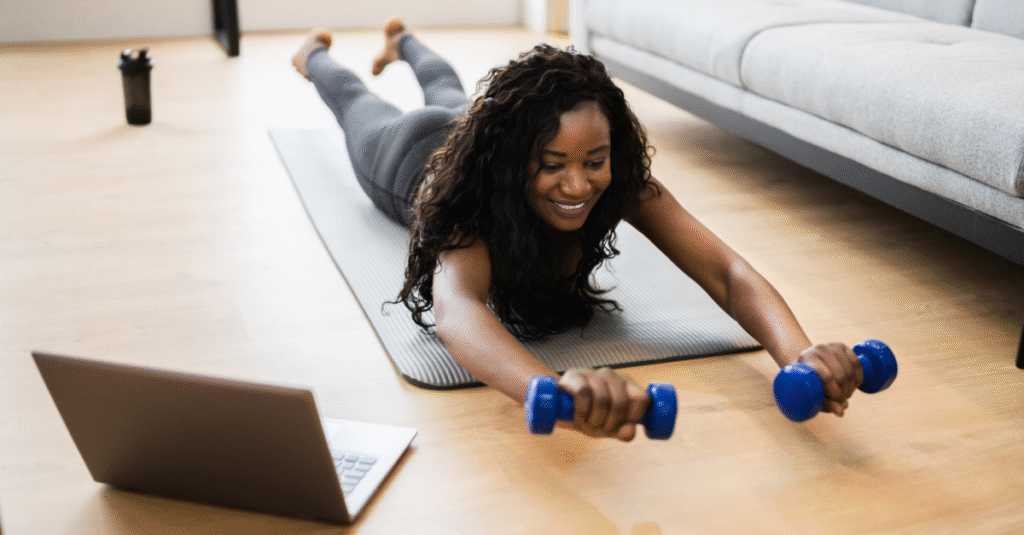
Try a Smart Program in Action
If you’re ready to feel how real progression works, start with my complimentary Confidence on GLP-1s Glute-Focused Workout Plan. I use this progression with some of the women I train.
This plan is not customized, but it is built to help you understand what happens when we train with intention. Small changes in tempo, foot position, breathing, and range wake up your nervous system and teach your glutes how to fire again. As your body learns to stabilize, we layer in strength. Each move builds on the last to improve muscle control, stability, and activation. This is the same structured approach inside The Remedy Method, combining corrective work, mind-body control, and progressive strength to protect the muscle you are building.
How to Use This Progression
This isn’t a one-day challenge. It’s a gradual series designed to help your body learn control first, then build strength over six weeks.
Download your complimentary Confidence on GLP-1s Glute-Focused Workout Plan:
Phase One: Weeks 1–2: Build Connection
- Start practicing the following exercises:
- Mini Good Morning
- Standing Glute Squeeze with March
- Standing Posterior Tilt Press
- Perform each for 20–30 seconds, rest for 30 seconds between exercises, then repeat once for two total rounds of each exercise.
- Focus on form and how your glutes feel engaging. Don’t rush. This is slow and controlled.
Phase Two: Weeks 3–4: Add Control
- Continue to the next series of exercises. You can perform them separately or layer them with the previous phase:
- Glute Bridge with Heel Dig
- Glute Bridge Hold
- Glute Bridge March
- Perform each for 30–40 seconds, rest for 20 seconds between exercises, then repeat for two or three total rounds of each exercise.
- Option: add a Pilates or mini ball for a stability challenge.
Phase Three: Weeks 5–6: Strength and Endurance
- Transition into the final phase. You can perform these on their own or layer them with the earlier phases to build a full, glute-focused workout:
- Heel-Connected Dumbbell Bridge Press
- Glute Bridge with Pulse Up and Out
- Glute Bridge with Single-Leg Lifts
- Perform each for 40–50 seconds, rest for 10 seconds between exercises, then repeat for three total rounds of each exercise.
- Keep the tempo slow and focus on control and even weight through both feet.
Tip: If you’re newer to movement or returning after time off, stay at each phase longer than two weeks. You’re building strength that lasts, not chasing soreness or speed. As your body learns each phase, you’ll start feeling stronger glute activation in everyday movement: walking, climbing stairs, and even standing taller.
What It All Comes Down To
Random workouts can get you started, but structure is what keeps progress steady. Your body changes fast, and it deserves a plan that changes with it. Smart programming removes the guesswork so you can focus on getting stronger, more stable, and more capable in everyday life.
You don’t need a trainer forever. But when progress slows or you’re ready for more, working with one can save time, prevent injury, and give you direction that actually fits your body.
The right trainer doesn’t just correct your form. She learns how you move, keeps you challenged, and helps you stay consistent. Training with someone who gets you keeps it fun and reminds you how far you’ve come, it feels less like another task and more like time spent with a friend who’s in it with you.
Photo Credits
Woman Resting by Africa images
Online TV Home Fitness Workout by Andrey Popov from Getty Images
This article is for educational purposes and is not intended to replace medical consultation. Always consult a healthcare professional before making health-related decisions.
Most programs teach exercise.
The Remedy Method retrains how your body communicates: how your brain, muscles, and movement work together again after change.
It blends corrective exercise, Pilates control, and progressive strength in a way that helps your body relearn balance, rebuild strength, and move with confidence again.
If your body feels different and you’re not sure where to start, this is the method designed for exactly that.
